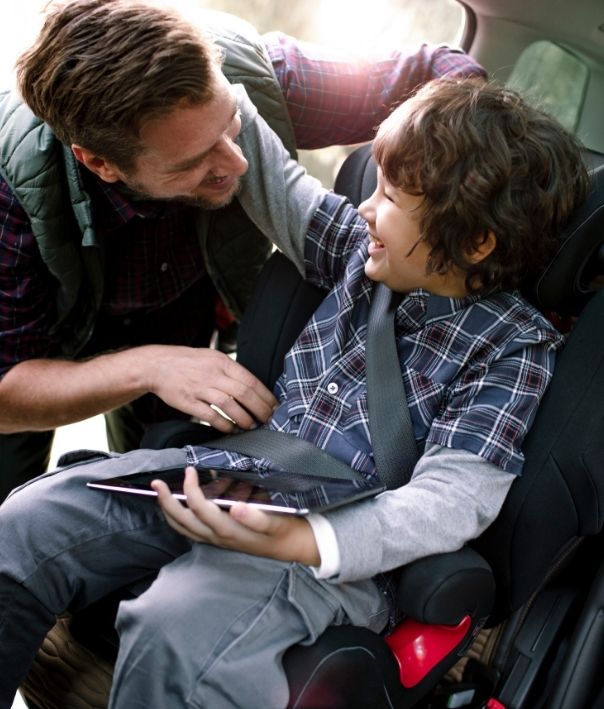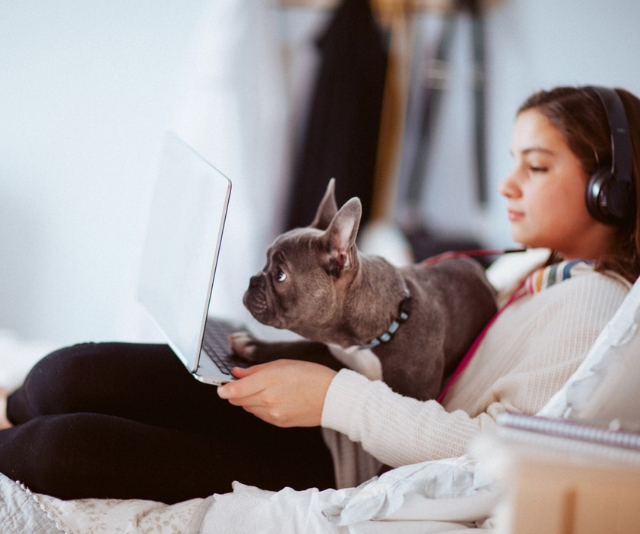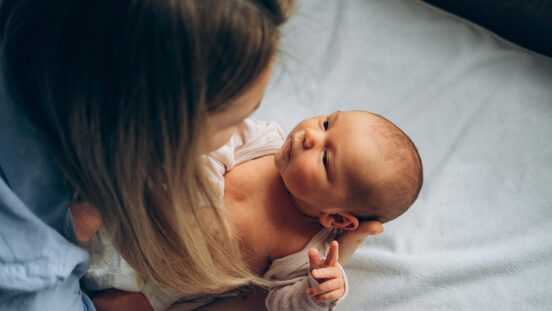Child booster seat guidelines: What age and height does my child need to be?
Follow the law and what’s safest for your child.
It’s a common question and one that many parents may not know the correct answer to: What age can my child go into a booster seat?
Instead of referring to their age, Australian guidelines state it’s always safest to keep your child in the car seat that’s most appropriate for their child’s size, regardless of age.
Only move your child into a booster seat with an adult seat belt when they are too tall for a forward-facing restraint, as shown by the shoulder markers.
On average, an Australian child will not outgrow a forward-facing restraint until they are eight years old, sometimes older.
When will your child be ready to move out of a booster seat?
Your child needs to be in a booster seat until they are at least 145 cm tall. This is become an adult lap-sash seat belt is designed for people with a minimum height of 145 cm.
On average, Australian children are 145 cm in height betweent 10 to 12 years of age.
Children who are not tall enough to use an adult seat belt can slump into their seat. The lap part of the seat belt is then too high on their stomach which causes more serious injuries in a crash.

When your child is too tall for a forward-facing restraint, it’s safe to move them into a booster seat.
You child will also need to pass the five-step safety test:
- Can the child sit with their back against the vehicle seat?
- Do the child’s knees bend over the edge of the seat?
- Does the seat-belt sit across the middle of their shoulder (not on the neck or out near the arm)?
- Is the lap belt sitting low across the hips, touching the thighs?
- Can the child stay seated like this for the whole trip?

The Mother’s Choice Dawn Booster seat is designed for children aged four to eight approximately.
VicRoads shares the following…
Tips for choosing and using a booster seat
- Never use a lap-only seat belt with a booster seat, only a lap-sash seat belt. If there is no choice but to use a lap-only seat belt, you must also use a child safety harness.
- Check that the sash of the seat belt crosses your child’s shoulder and does not touch their neck. The sash guide on the booster seat can be adjusted to prevent this.
- If your seat has a top tether strap make sure you use it.
- Choose a booster seat with an expandable headrest. You can adjust the height of the booster seat as your child grows.
- Choose a booster seat with an anti-submarining feature. This holds the lap part of the seat belt down low on a child’s hips, to stop them from sliding under the seat belt in a crash.

The Britax Safe N Sound Hi Liner booster seat is one of the tallest E Type Booster Seat on the market.
When can your child sit in the front seat?
It is recommended children sit in the back seat until they are older than 12 years as it is safer and offers more protection to passengers than the front seat.
Child car seat safety laws
By law, all child car seats used, bought or sold in Australia must meet Australian/New Zealand Standard AS/NZS 1754. The Standards label should be on the packaging of new child car seats and on the car seat itself.
If you’re buying accessories for your child car seat – like seatbelt modifiers, covers, inserts or padding – always look for those with Australian/New Zealand Standard AS/NZS 8005.
It’s important that you use only accessories that come with the child car seat, or accessories approved for use with that particular car seat.




